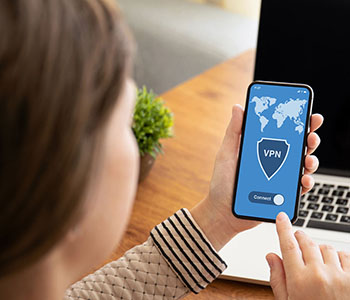Bo and Yana:I havent seen this device in person, but it looks pretty neat. Apparently a lot of other people thought it looked pretty neat too, because they sold almost 11,000 of their learn to code robots in a single month. Based on what I could glean from the website, children use an app to write the code to control a robot. How fun is that? Its recommended for children as young as 5, which would be perfect for some of my older students.
div align=centera href= title=Technology In Early Childhoodimg src= alt=Technology In Early Childhood style=border:none; //a/div
Kodable: This app is ideal for teaching our youngest students to code. The best part about it is that it requires absolutely no reading skills. Kids propel the little fuzz balls through the maze using various commands that the app introduces over the course of the game. My students love this game. Many of them have worked their way through each of the levels available on the the free version. Theres a paid version with more levels calledKodable Profor $6.99.
March 18, 2014Bytechnologyinearlychildhood
(This post contains affiliate links.Read my full disclosure.)
Light Bot: The programming skills that Light Bot teaches are very manageable for my most eager students. The kids that maxed out the free version of Kodable have loved having Light Bot as a next step. The only downside to this app is the fact that it does require students to read, or have an adult on hand to periodically read basic instructions to them. Truthfully, if the developers could add just a tiny bit ofcodeto this app which would read the directions aloud, it would be perfect for my students to use independently. The Hour of Code version of Light Bot is free and has 18 levels. If you max out those levels (which its likely my students will!) you can buy apaid version of Light Botwith 40 levels for $2.99.
Coding (or computer programming) is a new type of literacy. Just as writing helps you organize your thinking and express your ideas, the same is true for coding. In the past, coding was seen as too difficult for most people. But we think coding should be for everyone, just like writingWith ScratchJr, children arent just learning to code, they are coding to learn. (Read the full piece here.)
Reviews Five Best Apps Series
How to create a digital sign up sheet with Google Drive
Visit my other site, to learn more about how I can help you with your blog or website.
Making a Big Change: Wrapping Education, Blogging and Coding All Into One Career
Matt, thanks for your thoughts. Actually, for the kids in my class, learning to code *is* play. They love it. They like the challenge of creating and then executing a plan. They like the sense of accomplishment they feel when theyve guided a little computer creature through a maze or over an obstacle. They love solving these coding puzzles with their friends and then cheering for one another as they master increasingly difficult challenges.
Teaching Resources Tutorials
5 Best Writing Apps for Pre-School and Kindergarten
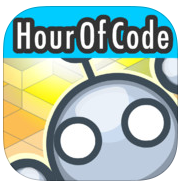
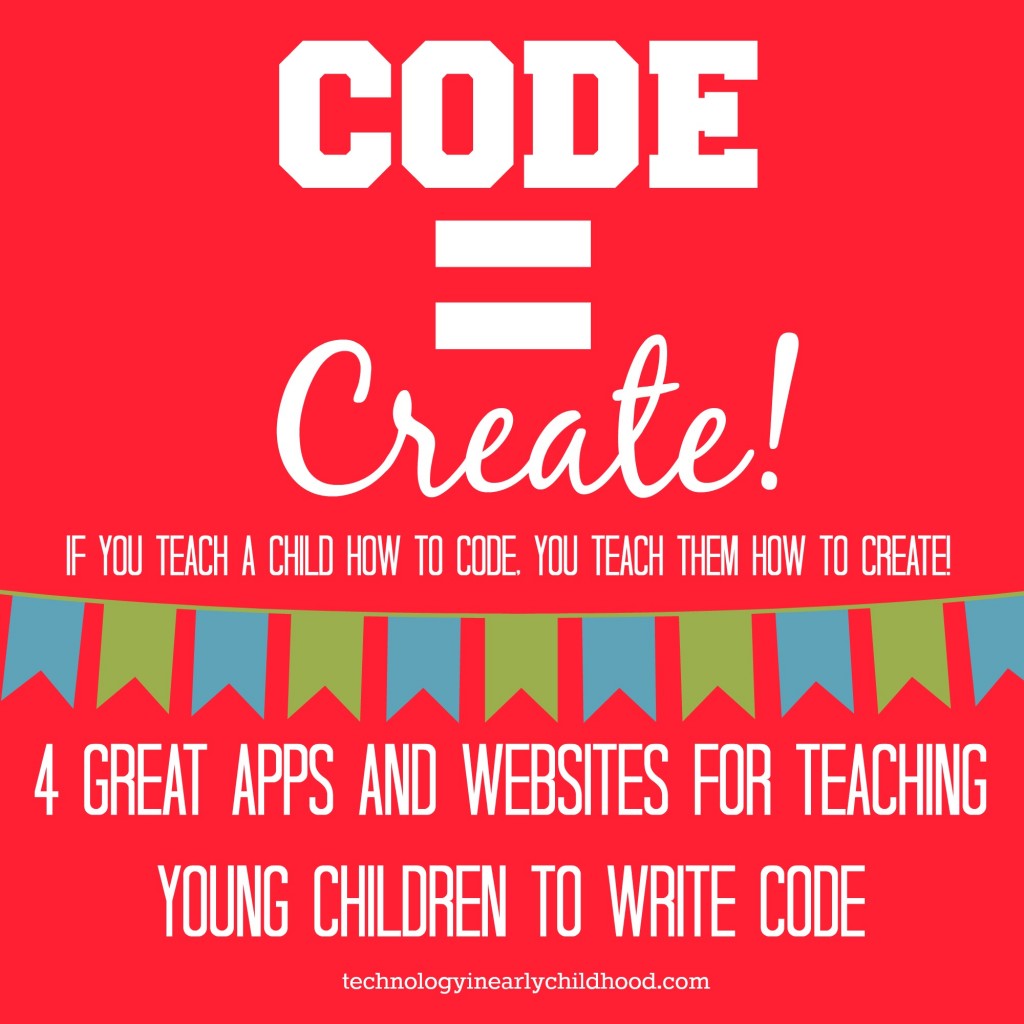
Teaching Kids to Code: Preschool and Kindergarten
Gift Guide: Setting Your Child Up with the Perfect iPad, Accessories and Apps
Let children read real books and play. Computers can wait.
Filed Under:CodingFive Best AppsReflectionsReviewsTechnology and Young ChildrenTagged With:affiliateApp ReviewsCodinglearn to code
There is no reason to have children learn how to code. What percent of adults code things on a daily basis, or even ever?
Five Best Learning Apps For Pre-K and Kindergarten
Freelance Education Writer & SoMe Expert, Coder, Former PreK Teacher, EdTech Blogger. Visit the about page to learn more.
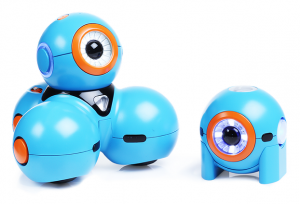
Teaching Kids to Code: Preschool and Kindergarten
Using QR Codes to Share Videos with Parents
Teaching with Technology in Kindergarten and Pre-school Classrooms
Scratch Jr.ScratchIm so excited that to see that between starting to write this post, and finishing it, Scratch Jr. received all of its funding for its Kickstarter Campaign. The site is now up and running. You can read a New York Times article about how young children are already usingScratch Jr. in the classroom here.Basically, kids organize blocks that contain commands. Those blocks, when combined appropriately, create the code for whatever it is that the child wants to create. Scratch has been around for awhile, but is a little sophisticated for preschoolers. Scratch Jr. looks like it could be just perfect for this younger group.
Find all of our articles about learning and teaching code on ourLearning Code page.
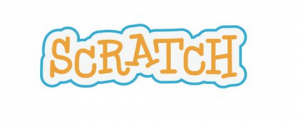
This morning I was looking at theScratch Jr. Kickstarter page. I loved what they had to say about why we should teach kids to code:
Talking about teaching kids to code has become trendy. Its moving toward the mainstream. Creating opportunities to teach kids coding has become the cool thing to do in education. And I couldnt be happier. This is a bandwagon that Im excited to jump on!
Join me on the learn to code bandwagon! It looks to be a pretty exciting ride!
I think this sums things up perfectly. Coding really is a new type of literacy. As computers continue to become a more integral part of our daily lives, its going to become just as important to teach our children to code as it is to teach them to read. Its a skill that I really wish I had learned when I was younger, and its one that I want my own children and students to learn. I think the thing that many people dont realize is that coding is a creative endeavor. We think of writing code as ComputerScience. Science is logical and has a method. Coding is also logical, and it also has a method, but when we code, we can use the logic and method tocreate. We can create games, videos, websites, art and really almost anything imaginable. Whats more, we can teach this new kind of creative literacy to our youngest children. In the same way that there are developmentally appropriate ways to expose young children to reading and writing, there are developmentally appropriate ways to introduce young children to coding. Below are some of the coding apps that my Pre Kindergarten students have explored and are enjoying. Ive also included couple of learn to code opportunities for preschoolers that are on the horizon.
My answer to your question about how many adults write code is: Not enough. Those adults who dont know how to write code are finding themselves at a disadvantage in a job market that is more and more often demanding that people know how to program computers. People are graduating from college and being turned down for positions that they are otherwise qualified for because they lack programming skills. Are we all cut out to program for a career? Probably not. Could we all benefit from learning to think more flexibly and creatively while at the same time functioning within the confines of a programming language? I think so. I think we all want to think well, as it were. Teaching programming is about teaching thinking, and I think thats appropriate at any age.
Im all about hands on play and learning in an early childhood classroom. In fact, the vast majority of our classroom time is devoted to open ended, non digital play. We also have enough books in our classroom to rival the childrens section of a small town library and those books are explored daily by all of the children in our class. I dont think the 20 minutes we spend each week letting children play with logical thinking and sequencing by learning the basic thought processes that are important in programming is doing them any harm. In fact, I think its doing them a great deal of good.
QR Code Learning Teen Numbers in Kindergarten
Enter your email address to subscribe to this blog and receive notifications of new posts by email.
You are here:HomeLearning New TechnologyCoding/ Teaching Kids to Code: Preschool and Kindergarten

